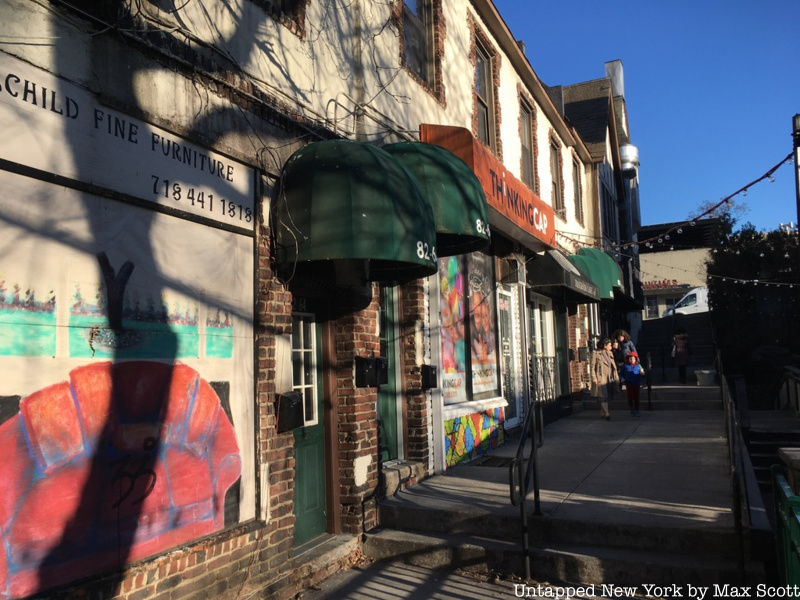3. The murder of Kitty Genovese led to the coining of the term “bystander effect”

The narrow stairway that connects Lefferts Boulevard to the Long Island Rail Road station in Kew Gardens was the site of the infamous murder of Kitty Genovese in 1964. Kitty Genovese was 28 years old and working as a bartender when she was stabbed to death near her apartment in Kew Gardens. Soon after the stabbing, a New York Times article erroneously reported that there were 38 other people who either heard or saw the incident but did not take action. In reality, the number of people present was likely fewer than 38, and there is evidence that in fact, some people did try to call the police.
Nonetheless, the Kitty Genovese murder sparked the coining of the term “bystander effect.” Taught in introductory psychology classes for decades, the bystander effect is a psychological phenomenon used to describe inaction by witnesses of a crime or other wrongdoing. The theory goes that none of the 38 bystanders took individual action because they all assumed that someone else would do it.
While the bystander effect does probably have some bearing in certain social situations, the Kitty Genovese murder was likely not one of them. In 2007, an article in the American Psychologist reported that there wasn’t any evidence that the bystander effect occurred during the Kitty Genovese murder. And in 2016, the New York Times relented that its original article was inaccurate and exaggerated the number of people present at the time.





